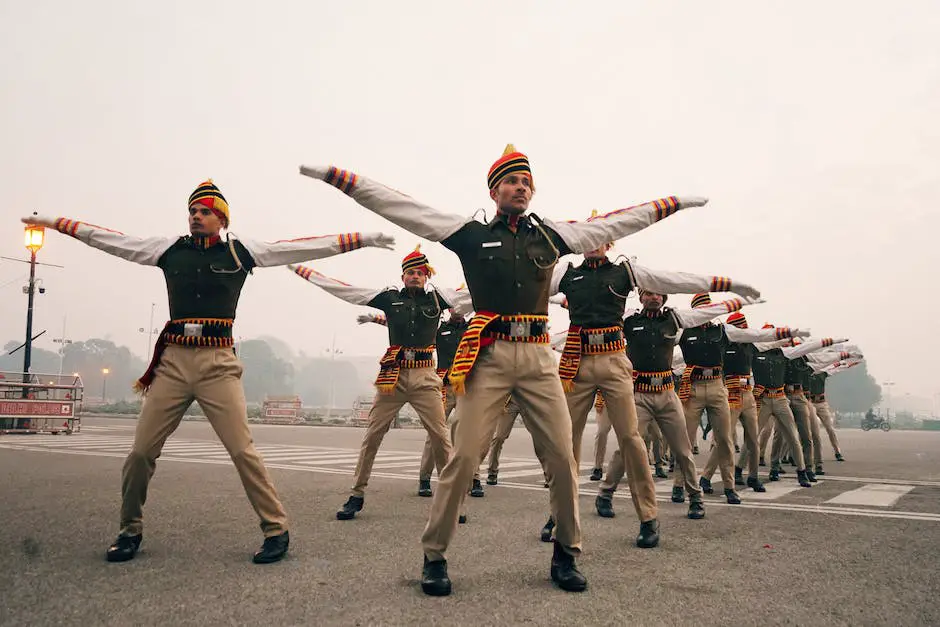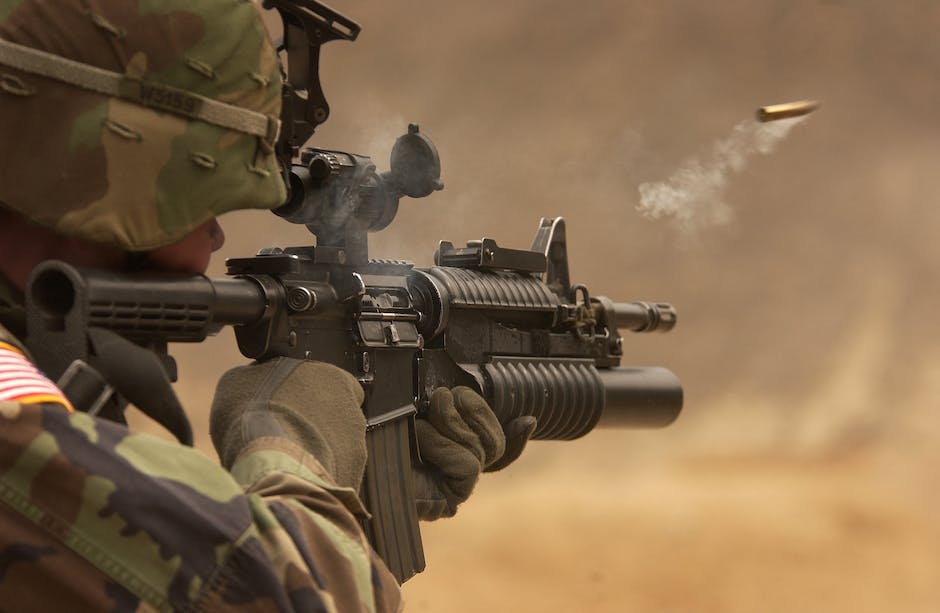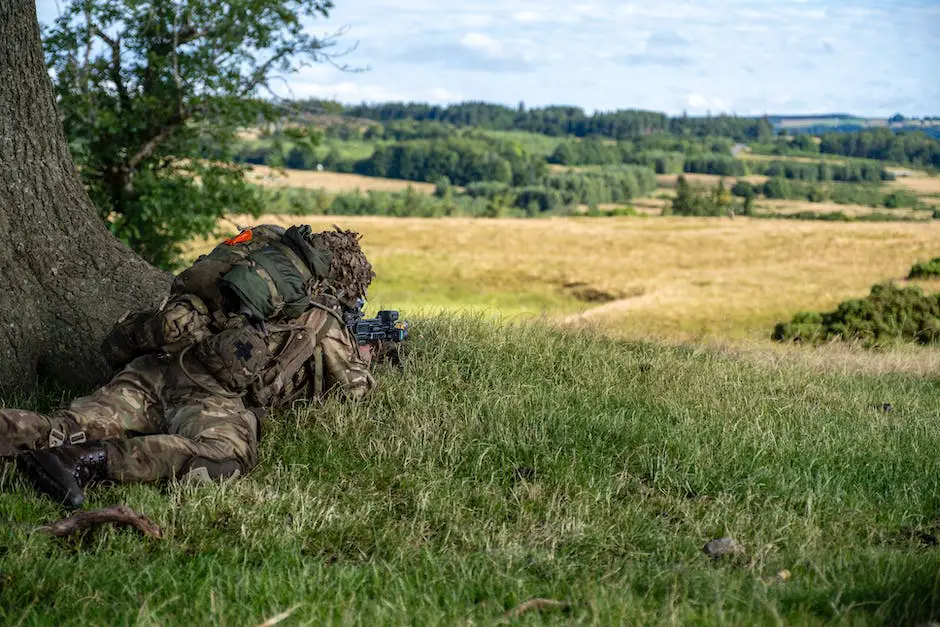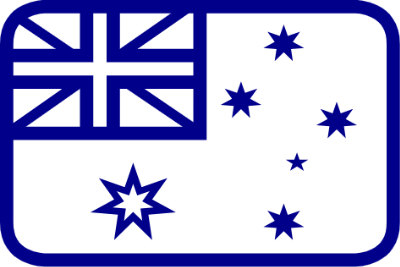With the world becoming increasingly militarized and global tensions on the rise, understanding the nature and scale of various global defense forces is essential. One such force that plays a significant role in maintaining regional and international stability is the Australian military. Providing a unique blend of modern equipment, skilled personnel, and strategic alliances, this Southern Hemisphere force offers a fascinating study in efficient defense management. While distinctly less vast than the major military superpowers, the Australian military balances by focusing on quality, training, and international partnerships.
Current State of Australian Military
Australian Defense Force: An Overview
The Australian Defense Force (ADF) ranks as the 25th most powerful military globally and is composed of the Royal Australian Navy (RAN), Australian Army, and Royal Australian Air Force (RAAF). The ADF’s active personnel strength is approximately 59,000 members, with the Australian Army being the largest branch. They are supplemented by the Reserve Forces, which consists of around 25,000 members, providing a large pool of trained personnel for defense and humanitarian duties.
The Australian Regular Army
The Australian Army is organized into several divisions and brigades, with the largest operational formation being the 1st Division. The structure of the Australian Army has been built to be flexible and adaptive, being capable of operations spanning from peacekeeping to full conflict.
The Royal Australian Navy
The Royal Australian Navy, another integral part of Australia’s defense system, holds significant military power in its fleet, including frigates, destroyers, and submarines. Currently, the RAN operates two large Canberra-class landing helicopter dock ships, often regarded as the pride and backbone of the Australian fleet.
The Royal Australian Air Force
The Royal Australian Air Force maintains a capable fleet of approximately 259 aircraft with various roles such as fighters, transport, and surveillance. The RAAF’s primary fighter aircraft is the F-35A Lightning II, with the air force taking delivery of a significant number of these advanced fighter jets in recent years.
Compulsory Military Service
At present, Australia does not enforce a compulsory military service requirement. Enlistment in the Australian Defence Force is voluntary, with minimum age restrictions in place.
Roles and Responsibilities
The ADF’s overarching mission is to defend Australia and its national interests. This commitment extends to contributing to global stability and peacekeeping efforts in international waters and overseas. The ADF also provides humanitarian aid and disaster relief, responding swiftly to issues such as bushfires, floods, and cyclones both domestically and across the region.
Besides defense matters, the Australian military also participates in high-readiness tasks for responding to terrorist incidents on Australian soil.
Investments in Capabilities
Australia has continually invested heavily in its defense force capabilities to ensure their readiness and effectiveness. Notably, the 2020 Defense Strategic Update and the accompanying Force Structure Plan highlighted an investment of $270 billion over the next decade to upgrade the capabilities and potency of the Australian Defense Force. This considerable investment indicates the Australian government’s commitment to maintaining a regionally superior military force that can effectively respond to evolving security environment threats.
While Australia may not boast one of the world’s largest military forces in terms of raw numbers, it’s important to highlight the fact that its armed forces are regarded as some of the most technologically advanced and best trained worldwide.

Branches of the Australian Military
Australian Army
Playing a crucial role in the Australian Defence Force, the Australian Army is land-focused, divided between Ground Forces and Support Forces. The Ground Forces are instrumental in conducting land warfare operations, whereas the Support Forces handle logistics, intelligence gathering, and operational support. Moreover, the Australian Army has made substantial global contributions, dispatching troops to support the operations of the United Nations and North Atlantic Treaty Organisation (NATO).
In recent figures from 2021, the Australian Army counts roughly 30,000 active service members. However, this number balloons to over 80,000 when incorporating reserve military personnel into the equation.
The Army is equipped with a diverse range of military hardware, among which are over 59 M1 Abrams Tanks, numerous artillery systems like the M777 Howitzer, and a selection of armored vehicles such as the Bushmaster PMV. Additionally, they maintain a vast choice of light utility vehicles and trucks, utilised in support of transport and logistics operations.
Army installations are scattered throughout the Australian mainland, with noteworthy bases including the Lavarack Barracks located in Townsville, Queensland, and Robertson Barracks in Darwin, Northern Territory.
Royal Australian Navy
The Royal Australian Navy (RAN) is the naval branch of the Australian Defence Force. Its mission is to fight and win at sea, safeguarding Australia’s national interest in the maritime domain. The RAN consists of a vast array of vessels, divided into various squadrons depending on their size and purpose.
The Royal Australian Navy is composed of approximately 16,000 personnel. This number encompasses both the full-time sailors and the reserve force.
The RAN is equipped with an array of advanced naval technology. This includes destroyers like the Hobart-class, frigates such as the Anzac-class, and submarines, notably the Collins class. Additionally, the Navy operates various auxiliary vessels for support purposes, and in recent years has incorporated the Canberra-class landing helicopter dock into its fleet.
Major bases for the Navy include the HMAS Stirling in Western Australia and the HMAS Kuttabul in New South Wales.
Royal Australian Air Force
The Royal Australian Air Force (RAAF) is the air force branch of the Australian Defence Force. Its role includes air defence, air combat, bombing missions, transport and logistics, and intelligence, surveillance, and reconnaissance.
The RAAF personnel count is around 14,000 members, including reserve personnel and active servicemen and women. The RAAF operates a wide range of aircraft, comprised of both fixed-wing and rotary-wing. The fixed-wing fleet includes fighters such as the F/A-18 Hornet, and the F-35A Lightning II, as well as Airbus KC-30A for air-to-air refuelling and transport.
Major RAAF bases are dispersed around the country and include the RAAF Base Williamtown in New South Wales, and the RAAF Base Pearce in Western Australia.
In summary, the Australian military might not stand out as the world’s largest, but it definitely holds its own as an influential regional power. It boasts a range of modern, superior quality equipment, a well-trained workforce, and a steadfast commitment towards its mission of safeguarding Australia and its strategic interests.

Military Expenditure and Global Ranking
An Overview of the Military Expenditure
The primary beneficiary of the funding allocated for Australia’s military affairs is its Department of Defence. In the fiscal year 2020-2021, the Australian government set aside AUD $42.7 billion towards defense spending, accounting for approximately 7.8% of the total budget.
There has been a consistent growth pattern in Australia’s defense expenditure over the years. A notable upswing was observed in 2020, in line with the government’s decision to amplify the defense budget to two percent of the country’s Gross Domestic Product (GDP). This escalation resonates with the government’s 2020 Defense Strategic Update and Force Structure Plan, which underscores the importance of investing in cutting-edge equipment, groundbreaking technology, and infrastructure upgrades.
Comparison to Other Countries
Australia’s defense expenditure ranks 13th in the world, according to the Stockholm International Peace Research Institute (SIPRI). When compared to other countries, Australia’s spending is lower than countries like the United States, China, and Russia, who secure the top three positions respectively. Yet, its expenditure is higher than many countries in the Asia-Pacific region.
One key characteristic of Australia’s military spend is its substantial investment in advanced equipment and technology. This includes the purchase of F-35 Joint Strike Fighters and advanced naval vessels, among other military capabilities.
Global Firepower Index
The Global Firepower Index (GFP) ranking provides a comprehensive measure of a country’s military power, taking into account factors like defense budget, manpower, and technological expertise. As of 2021, Australia’s military ranks 19th out of 140 countries on the GFP.
Despite having a smaller military population compared to countries with larger populations like the U.S, China, and India, Australia boasts significant firepower through advanced military technologies, strong naval power, and quality airforce equipment. This high ranking demonstrates Australia’s commitment to maintaining a powerful and capable defense force.
Contributions to International Peacekeeping Efforts
It’s worth noting that Australia’s defense is not just about military strength and readiness in the face of potential conflict. The Australian Defence Force (ADF) has a long history of involvement in peacekeeping, humanitarian and disaster relief operations. The ADF contributes to international peacekeeping efforts with the Department of Defence often working closely with various United Nations missions.
Highlighting a modest yet robust approach, Australia’s defense budget may not rank at the very top on a global level, but it powerfully underlines its dedication to national security and international peacekeeping via strategic investment in technology advancement, personnel training, and equipment modernization. Despite its moderate military population size, it’s the high-quality tech solutions and generous funding that position Australia’s military favorably in global military rankings.

Australia’s Military Engagements
ANZUS: The Powerful Alliance of Australia, the US, and New Zealand
The Australia, New Zealand, and United States Security Treaty (ANZUS), is a fundamental cornerstone of Australia’s defense strategy. Drawing its strength from the concept of ‘collective security’, ANZUS reinforces that an attack on one member nation is viewed as an attack on all, ensuring a unified defense front. New Zealand took a step back from active participation since the 1980s due to its anti-nuclear stance, however, the alliance continues to thrive between Australia and the US. This significant partnership exponentially strengthens Australia’s military by promoting exchange of intelligence, conducting joint military exercises, and integrating Australian forces in key international operations spearheaded by the US.
Five Power Defense Arrangements
Another defining aspect of Australia’s global military engagements is the Five Power Defense Arrangements (FPDA). Established in 1971, this series of defense relationships involves Australia, the United Kingdom, New Zealand, Malaysia, and Singapore. The collaborative defense approach aims to deter aggression, and contributes to regional security in Southeast Asia. It provides a framework for the five nations to consult and cooperate in the event of any form of external aggression or the threat thereof against Malaysia or Singapore. The dynamic nature of FPDA exercises means Australian forces are regularly tested in large-scale, multi-national operations, expanding not just the capabilities but also the reach of the Australian military.
Participation in UN Missions
Australia consistently contributes to United Nations peacekeeping missions, both in terms of military personnel and police officers. From the UN’s initial peacekeeping mission in 1947 up to the present day, over 65,000 Australians have served in more than 50 multilateral peace and security operations. This includes major missions in East Timor, the Solomon Islands, and Sudan. Australia’s commitment to UN missions highlights its dedication to global stability and peace, as well as its credible and versatile military capabilities. Participation in these missions also serves to strengthen the relationships Australia holds with its key allies and continues to strengthen the size and capacity of the Australian military.
Conclusion
In summary, Australia’s military engagements, particularly ANZUS, FPDA, and participation in UN Missions, significantly enrich the country’s military strategy. These engagements propel the Australian Defense Force onto the global stage, and expand its operational experience and reach. Australia’s close military affiliations with powerful nations like the US and UK, as well as key regional partners, amplify the strength, size, and impact of the Australian military on an international level. These alliances and missions contribute considerably to the effectiveness and proficiency of Australia’s military, making it a dependable force in global and regional security.

While Australia may not possess the colossal military mass that the world’s superpowers do, its military still commands respect through its smart strategy, modern weaponry, and respected alliances. Its defense outlay, equipment, global assignments, and international alliances reflect an understanding of its geopolitical position and national security needs. As the world continues to grapple with new security threats, the importance of efficient, well-managed military forces like Australia’s cannot be overstated. It presents a model of how a nation can protect its interests and contribute globally without resorting to brute force.






